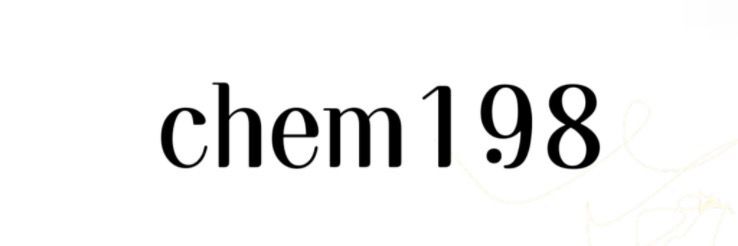Understanding Cleanroom Classifications in 2024
Introduction to Cleanroom Classifications
Cleanrooms are controlled environments designed to minimize contamination from airborne particles, which is crucial in industries like pharmaceuticals, biotechnology, semiconductor manufacturing, and aerospace. In 2024, understanding the classifications of cleanrooms is more important than ever. Cleanroom classes are defined by the maximum allowable particle counts per volume of air, and this article aims to provide a clear understanding of these classifications.
ISO Cleanroom Classifications
The International Organization for Standardization (ISO) provides guidelines for cleanroom classifications, commonly referred to as ISO standards. The ISO 14644-1 standard outlines five classes of cleanrooms, ranging from Class 1 to Class 9, with Class 1 being the cleanest and Class 9 being the least clean. Each class is defined by its maximum allowable particles per cubic meter of air.
Class 1 Cleanrooms
Class 1 cleanrooms are the highest level of cleanliness. They permit no more than 10 particles of 0.1 micron size per cubic meter. These environments are essential for applications requiring extreme cleanliness, such as certain semiconductor fabrication processes.
Class 2 Cleanrooms
Class 2 cleanrooms allow a maximum of 100 particles of 0.2 microns per cubic meter. These are often used in specialized pharmaceutical preparations, where even minimal contamination can lead to significant impacts on product quality.
Class 3 Cleanrooms
Class 3 cleanrooms permit 1,000 particles of 0.5 microns or larger per cubic meter. They strike a balance between cleanliness and operational efficiency, making them suitable for many laboratory and manufacturing applications.
Factors Affecting Cleanroom Performance
Several factors can influence the performance of a cleanroom, including air changes per hour (ACH), temperature, humidity, and filtration systems. Understanding these factors can help organizations maintain required cleanliness standards and optimize operational efficiency.
Air Changes per Hour (ACH)
ACH is a critical metric that defines how many times the air within the cleanroom is replaced each hour. Higher ACH rates typically lead to lower particle counts, but they can also increase operating costs and require more robust filtration systems.
Filtration Systems
The type of filters used, such as High-Efficiency Particulate Air (HEPA) filters or Ultra Low Penetration Air (ULPA) filters, determines the cleanroom's ability to remove particles. Selecting the appropriate filtration system is essential for achieving the desired cleanroom classification.
Conclusion
As industries continue to evolve, so do the standards for cleanroom classifications. In 2024, a thorough understanding of ISO classifications and the factors that affect cleanroom performance will be vital for organizations striving for excellence in contamination control. By adhering to these standards, businesses can ensure product integrity, maintain compliance, and ultimately support their operational goals.
The company is the world’s best iso 8 clean room requirements, hospital main door design supplier. We are your one-stop shop for all needs. Our staff are highly-specialized and will help you find the product you need.

